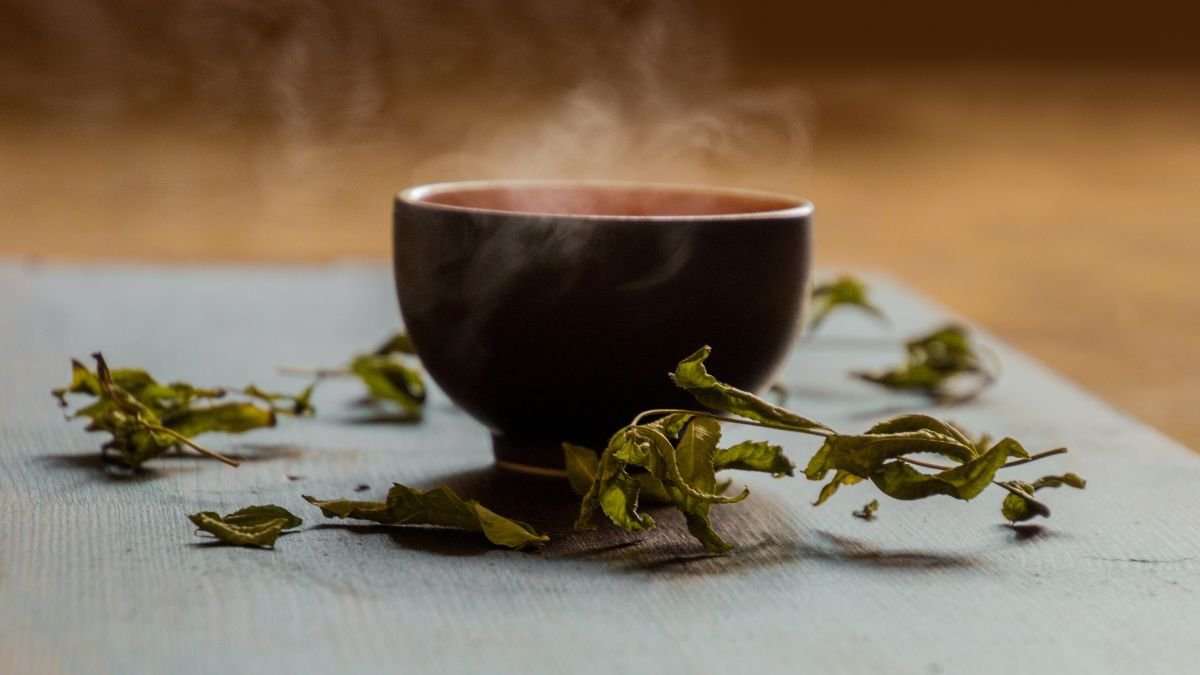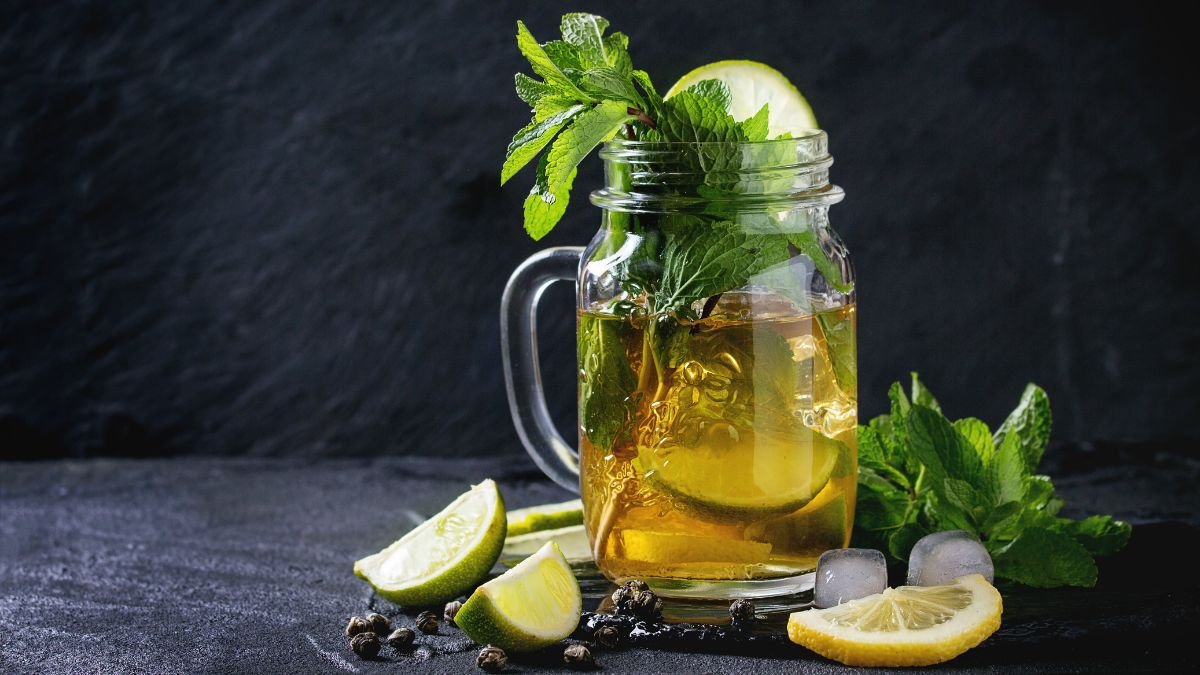All About Green Tea | History | 5 Amazing Health Benefits | Guide
Green tea is a popular beverage that has been consumed for thousands of years due to its numerous health benefits. Originating in China, green tea is now widely consumed all over the world. In this article, we will cover the history of green tea, who invented it, a guide on how to prepare it, the different variations of green tea, and the top five benefits of consuming green tea.

History:
The history of green tea dates back to ancient China, where it was first discovered by Emperor Shen Nong in 2737 BC. According to legend, the emperor was boiling water when a leaf from a nearby tea plant fell into his pot. He was intrigued by the aroma and taste of the resulting drink, and thus, green tea was born.
Invented by:
Although Emperor Shen Nong is credited with the discovery of green tea, it was during the Tang Dynasty (618-907) that the production of green tea began to spread. During this time, tea became a popular drink in China, and its production and consumption began to spread throughout Asia.
As a certified tea lover, I am always on the lookout for new and exciting flavors to try. Recently, I have been obsessing over green tea and all of its amazing health benefits. From aiding in weight loss to reducing the risk of heart disease, green tea has proven itself to be a powerful force in the world of health and wellness.
But beyond its health benefits, green tea is also a delicious and refreshing beverage that can be enjoyed hot or cold. Whether you prefer a traditional Japanese matcha or a more modern flavored blend, there is a green tea out there for everyone.
So, let’s dive into the world of green tea and explore all that this ancient beverage has to offer.

What is Green Tea?
Green tea is a type of tea made from the leaves of the Camellia sinensis plant, the same plant that is used to make black and oolong teas. The difference between these teas lies in the processing method. Black and oolong teas are fermented, while green tea leaves are steamed or pan-fired shortly after they are picked. This preserves the natural nutrients and antioxidants found in the leaves, giving green tea its unique health benefits.
Green tea is traditionally grown in China, Japan, and other parts of Asia, but it is now grown and consumed all over the world. It is often associated with traditional Japanese tea ceremonies and is an important part of Japanese culture.
Health Benefits of Green Tea
There are numerous health benefits associated with green tea, making it a popular choice for those looking to improve their overall wellness. Some of the most notable benefits include:
- Weight loss: Green tea has been shown to increase metabolism and fat oxidation, which can aid in weight loss.
- Heart health: Green tea contains antioxidants known as catechins, which have been linked to a reduced risk of heart disease.
- Cancer prevention: Some studies have found that green tea may help reduce the risk of certain types of cancer, including breast and prostate cancer.
- Brain function: Green tea contains caffeine and the amino acid L-theanine, which can improve brain function and cognitive performance.
- Diabetes prevention: Green tea has been shown to improve insulin sensitivity, which can help prevent the development of type 2 diabetes.
- Oral health: The catechins in green tea have been shown to reduce the risk of tooth decay and gum disease.

How to Brew Green Tea
Brewing green tea is a relatively simple process, but there are a few key points to keep in mind to ensure the best flavor and health benefits.
First, it’s important to use the right water temperature. Green tea should be brewed at a temperature of around 160-180 degrees Fahrenheit. Water that is too hot can burn the leaves and produce a bitter flavor, while water that is too cool can result in a weak, underdeveloped flavor.
Next, pay attention to the steeping time. Green tea leaves should only be steeped for 1-3 minutes to prevent the tea from becoming bitter. If you prefer a stronger flavor, try using more leaves rather than steeping for a longer period of time.
Finally, be sure to use a high-quality green tea. Look for tea that is produced in a traditional manner and grown in a clean, pollution-free environment. This will ensure that you are getting the most potent health benefits and the best flavour possible.
Green tea is a type of tea that is made from the leaves of the Camellia sinensis plant. It has a light, delicate flavor and is known for its numerous health benefits. Green tea is made by steaming and drying the leaves, which helps to preserve the natural antioxidants and nutrients in the tea.
There are many different types of green tea available, each with its own unique flavor profile and health benefits. Here are some of the most popular types of green tea:
- Matcha green tea: Matcha is a type of green tea that is made from finely ground, shade-grown tea leaves. The leaves are ground into a fine powder and then mixed with hot water to make a smooth, creamy tea. Matcha is known for its high levels of antioxidants and is often used in traditional Japanese tea ceremonies.
- Sencha green tea: Sencha is a type of green tea that is grown in full sunlight. The leaves are steamed and dried shortly after they are harvested, which gives the tea a grassy, vegetal flavor. Sencha is the most popular type of green tea in Japan and is often enjoyed as a daily beverage.
- Gyokuro green tea: Gyokuro is a type of green tea that is grown in the shade for 20-30 days before it is harvested. This process gives the tea a sweeter, more delicate flavor than other types of green tea. Gyokuro is often considered to be the highest quality of green tea and is often enjoyed on special occasions.
- Genmaicha green tea: Genmaicha is a type of green tea that is made by mixing sencha or bancha green tea with toasted rice. The toasted rice adds a nutty flavor to the tea and makes it more affordable to produce. Genmaicha is a popular everyday tea in Japan and is often enjoyed with meals.
- Dragonwell green tea: Dragonwell is a type of green tea that is grown in the West Lake region of China. The leaves are flattened and shaped by hand, giving the tea a distinctive flat appearance. Dragonwell has a smooth, chestnut-like flavor and is often considered to be one of the best types of green tea.
- Jasmine green tea: Jasmine green tea is a type of green tea that is scented with jasmine flowers. The tea leaves are mixed with jasmine flowers and left to absorb the fragrance before they are dried and packaged. Jasmine green tea has a sweet, floral flavor and is often enjoyed as an after-dinner tea.
There are many health benefits associated with green tea, including its ability to boost metabolism, improve brain function, and reduce the risk of certain types of cancer. Green tea is also a rich source of antioxidants, which can help to protect the body from damage caused by free radicals.
To get the most health benefits from green tea, it is important to choose a high-quality, fresh tea. Look for teas that are made from whole leaves, rather than tea dust or fannings, and avoid teas that have been sitting on the shelf for a long time.
If you are new to green tea, start with a milder variety, such as sencha or genmaicha, and gradually work your way up to more complex teas, such as gyokuro or dragonwell. Experiment with different brewing techniques and temperatures to find the perfect cup of green tea for you.
Overall, green tea is a delicious and healthy beverage that is enjoyed by people all over the world. With its numerous health benefits and wide variety of flavors, it is easy to see why green tea is such a popular
